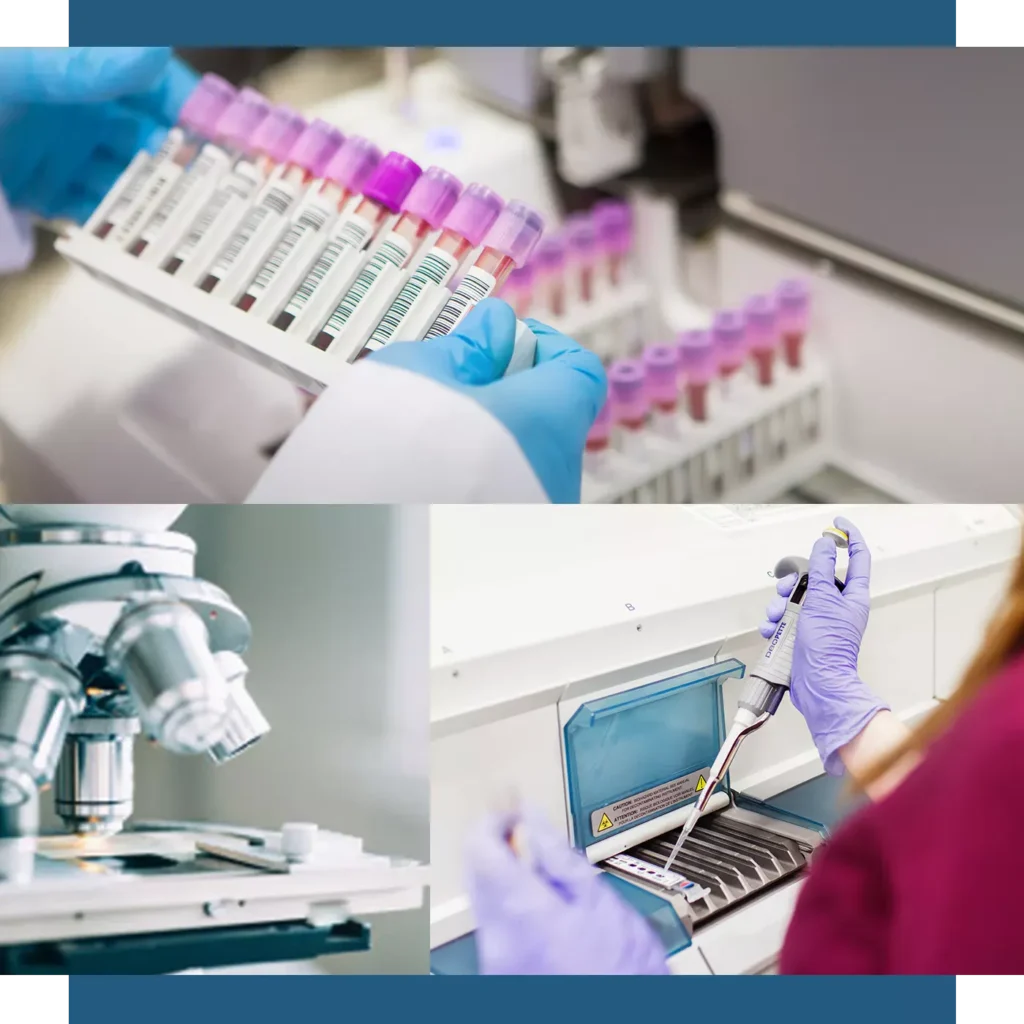Endometriosis
Endometriosis is a chronic, benign disorder that occurs in women of childbearing age. In endometriosis, endometrium-like tissue (med. endometrium) attaches to one or more organs. There can e.g. endometriosis can occur in the uterus, fallopian tubes, ovaries, peritoneum, bowel and bladder. These tissue areas, which can be called endometriosis tissue, grow and can bleed so that inflammation occurs in the tissue and scar tissue is formed over time. These tissue changes make fertilization and fixation of the fertilized egg difficult.

What are the causes of the disorder endometriosis?
The causes of endometriosis are not clearly understood. There are different theories about how the tissue changes occur. Among other things. may be mentioned:
- Parts of the uterine lining are carried down into the abdominal organs, as the menstrual blood flows backwards (retrograde menstruation).
- Parts of the uterine lining are removed via the blood and lymphatic vessels.
- Genetic factors that trigger tissue changes.
- Malfunction of the immune system.
- Environmental influences, especially environmental toxins such as PCBs, DDT and dioxins that affect the endocrine system.
Due to the many different symptoms and the complex course of endometriosis, it is reasonable to believe that there is no single reason why the condition occurs. Instead, it is assumed that it is an interaction of various factors that is the cause of the disorder.
How is endometriosis treated?
For involuntarily childless endometriosis patients, there are two basic treatment options. In case of mild endometriosis and passage in the fallopian tubes, insemination can be carried out. In case of severe endometriosis and/or blocked fallopian tubes, we perform test tube treatment. In some women, an operation is necessary, where all visible endometriosis tissue is removed. Before removing the endometriosis tissue, a thorough diagnosis must be carried out, which typically consists of a binocular examination. If endometriosis is found, the operation must be carried out in a gynecological department with expertise in endometriosis.
Endometriosis - facts and figures
It is estimated that 7-15% of all women of childbearing age have endometriosis, many of whom are undiagnosed.
It is estimated that there are 40,000 new cases of endometriosis every year.
Endometriosis is often not detected for a long time – on average, it takes six years from the first symptoms to a diagnosis.
Endometriosis patients are divided into infertile patients with a fertility disorder due to the disease and pain patients who are not involuntarily childless, but who suffer from the physical symptoms of the disease.

